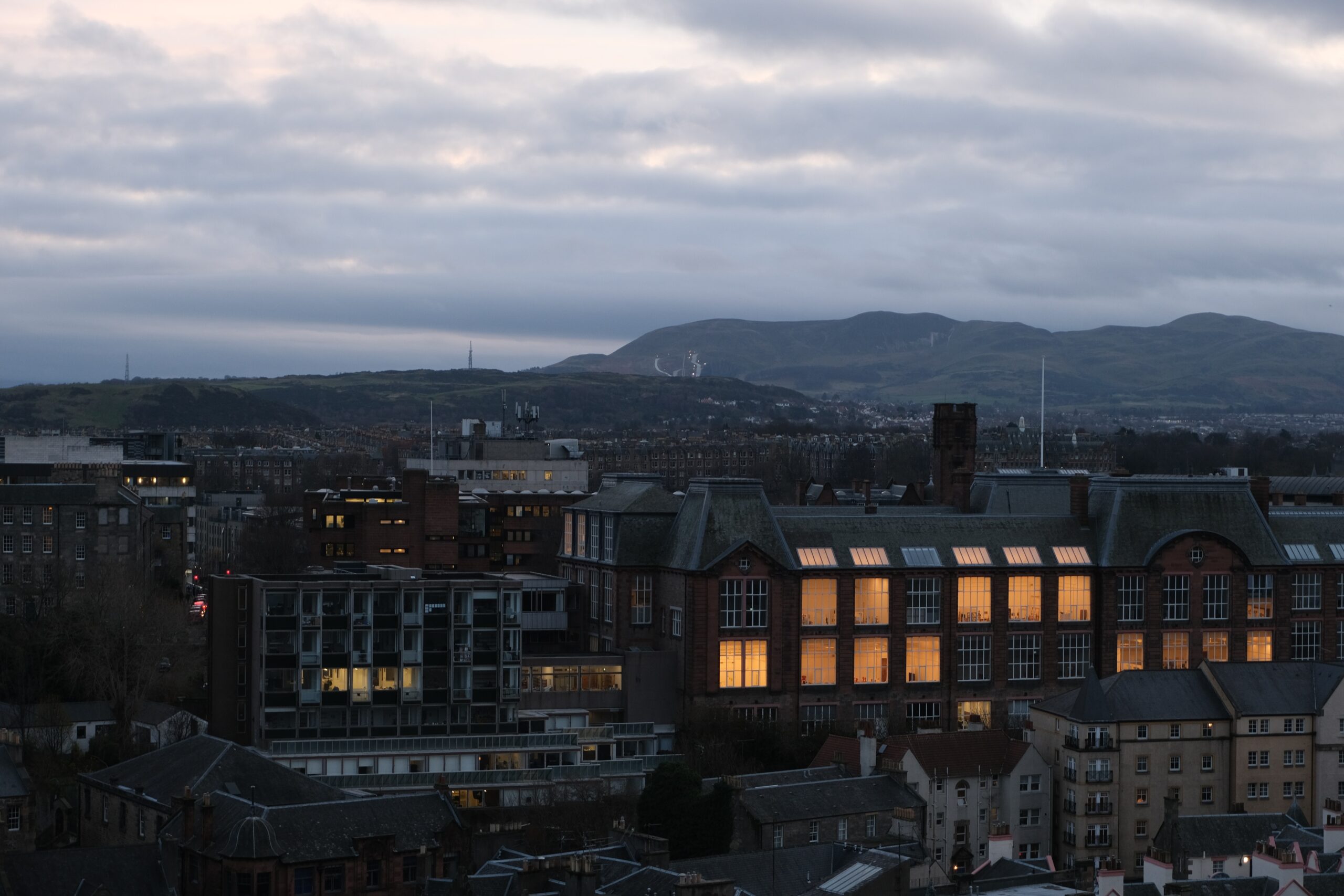In a world reminiscent of Minority Report, where driverless cars seamlessly traverse city streets, the vision of such a future relies heavily on robust and advanced wireless infrastructure. While the prospect of autonomous vehicles dominating our roadways by 2040 is tantalizing, the realization of this intelligent transport hinges on overcoming substantial challenges in our current wireless systems.
Driverless cars from movie Minority Report
Urban Times sheds light on the essential need for alternative technologies to enhance wireless communication among these futuristic machines. Despite the strides made by automakers like Toyota and tech giants like Google in perfecting the technology within driverless cars, the wireless infrastructure demands significant attention.
William Webb, an IEEE fellow and CTO of Neul, emphasizes that for driverless cars to become a pervasive reality, the wireless infrastructure must evolve alongside the advancements in vehicle technology. IEEE experts have identified driverless cars as the most viable form of intelligent transport, heralding transformative changes in vehicular travel.
Monitoring traffic flow and identifying congestion are relatively straightforward tasks, but the missing piece in the intelligent transport puzzle lies in efficiently transmitting information from sensors to control centers and back to cars, traffic lights, and roadside signage. Wireless connectivity emerges as the sole option to surmount this challenge, especially when considering the prohibitive costs associated with installing wires for sensors in stationary objects like bridges or parking spaces.
The imperative for improved wireless infrastructure is further underscored by a Smart Planet article that delves into Google’s clandestine wireless networking project. Google’s FCC application to construct an experimental wireless network at its Mountain View headquarters hints at the tech giant’s commitment to pushing the boundaries of urban connectivity and Wi-Fi capabilities.
The proposed wireless network, encompassing 50 base stations to support 200 user devices in an “experimental radio service,” raises questions about Google’s intentions and the potential impact on the consumer market. While the specifics of Google’s secretive network remain undisclosed, the application’s focus on densely populated areas and its incompatibility with existing consumer mobile devices suggest a strategic move aligned with the tech giant’s broader ambitions.
As we navigate the trajectory toward a future dominated by driverless cars, it becomes evident that the success of this vision hinges on the parallel evolution of wireless infrastructure. The intersection of technological innovation and connectivity advancements will play a pivotal role in shaping the landscapes of urban mobility and redefining our relationship with transportation.





